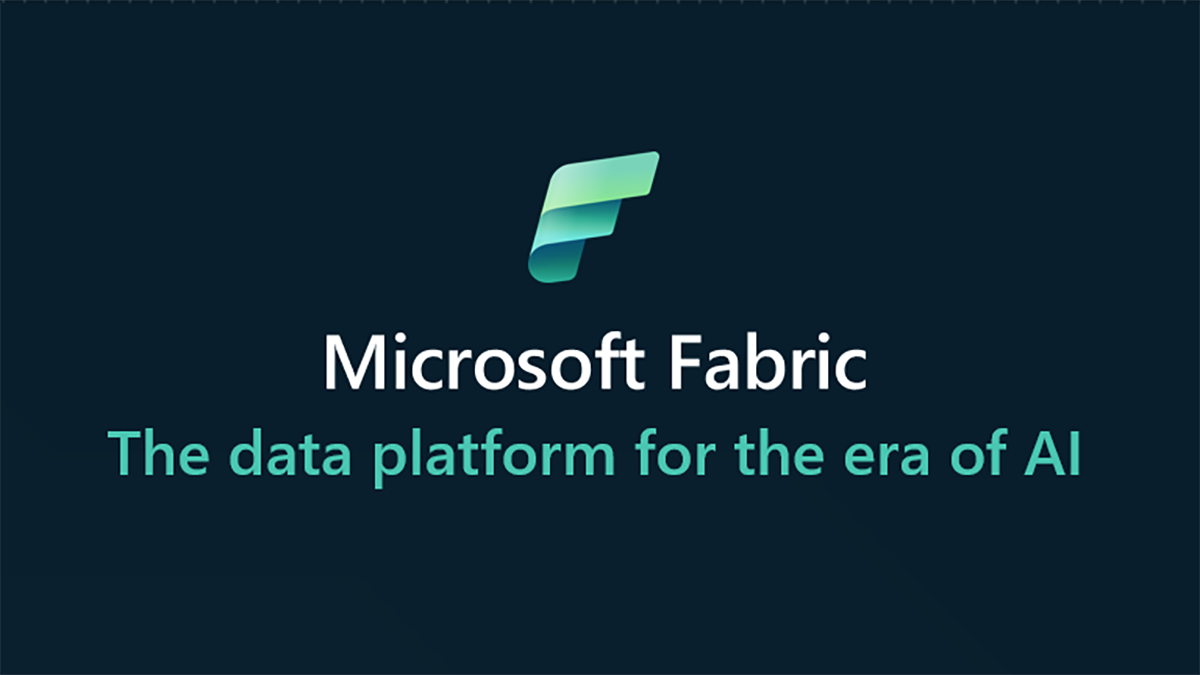Unified Platform for Data Estate
Microsoft Fabric provides a comprehensive, SaaS-ified Data, Analytics, and AI platform. It caters to users of all skill levels, from novices to seasoned professionals. The platform integrates Database, Analytics, Messaging, Data Integration, and Business Intelligence workloads, with Microsoft OneLake as the centerpiece.
Lake-Centric Approach
Microsoft Fabric introduces a lake-centric data warehouse, built on an enterprise-grade distributed processing engine. This approach combines the best of data lakes and warehouses, simplifying an organization’s analytics investments. Here’s how:
- Performance at Scale: Fabric’s distributed processing engine ensures industry-leading performance without the need for complex configuration or management.
- Data Lakes and Warehouses Converged: Fabric bridges the gap between data lakes and warehouses, allowing seamless analysis and reporting.
- Rich Capabilities: Fabric leverages the SQL engine over an open data format, enabling efficient data preparation, analysis, and reporting from a single data copy stored in Microsoft OneLake.
Warehouse for All Skill Levels
Fabric’s Warehouse caters to a wide audience:
- Citizen Developers: Even those with minimal technical expertise can use the Warehouse.
- Professional Developers, DBAs, and Data Engineers: Fabric offers rich experiences for these experts.
- Always-Connected Semantic Model: Fabric’s workspace integrates seamlessly with Power BI in DirectLake mode, ensuring up-to-date data for reporting and analysis.
Virtual Warehouses and Cross-Database Querying
Fabric allows users to create virtual warehouses containing data from various sources using shortcuts. Key features include:
- Data Source Flexibility: Virtual warehouses can include data from Microsoft OneLake, Azure Data Lake Storage, or other cloud vendor storage.
- No Data Duplication: Fabric ensures data consistency within a single boundary, eliminating redundancy.
- Cross-Database Querying: Users can seamlessly query multiple data sources across databases for rapid insights.
Workload Management
Fabric’s Warehouse and SQL analytics endpoint offer burstable capacity and smoothing. Workloads can use additional resources for better performance during peak times, while idle capacity remains unused.
Simplification of Data Management
Fabric Warehouse simplifies managing extensive data repositories. It unifies operational databases and analytics data storage under a centralized management system, granting businesses autonomy across diverse scenarios.
Fabric brings together various data and analytics tools, including Azure Data Factory, Azure Synapse Analytics, and Power BI, into a unified product. This integration ensures seamless communication between operational databases (where transactional data resides) and analytics components (for processing and insights).
Microsoft Fabric caters to different roles—data engineers, data scientists, data analysts, and business users. Each group interacts with the platform in ways that suit their needs, bridging the gap between operational data and analytical insights.
Single Product, Unified Experience: Instead of stitching together disparate services from multiple vendors, Fabric provides a single product with a consistent architecture. Users can extract insights from data and present them to business users without complex integration efforts.
Fabric delivers its experience as SaaS, automatically integrating and optimizing all components. Users can sign up quickly and derive real business value within minutes.



